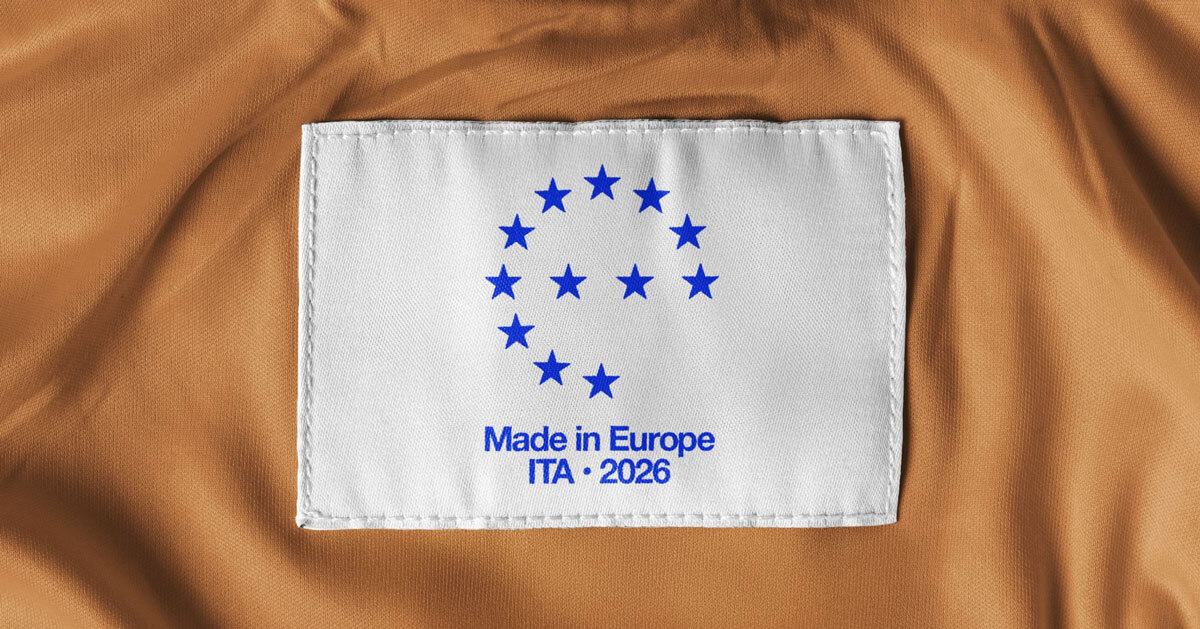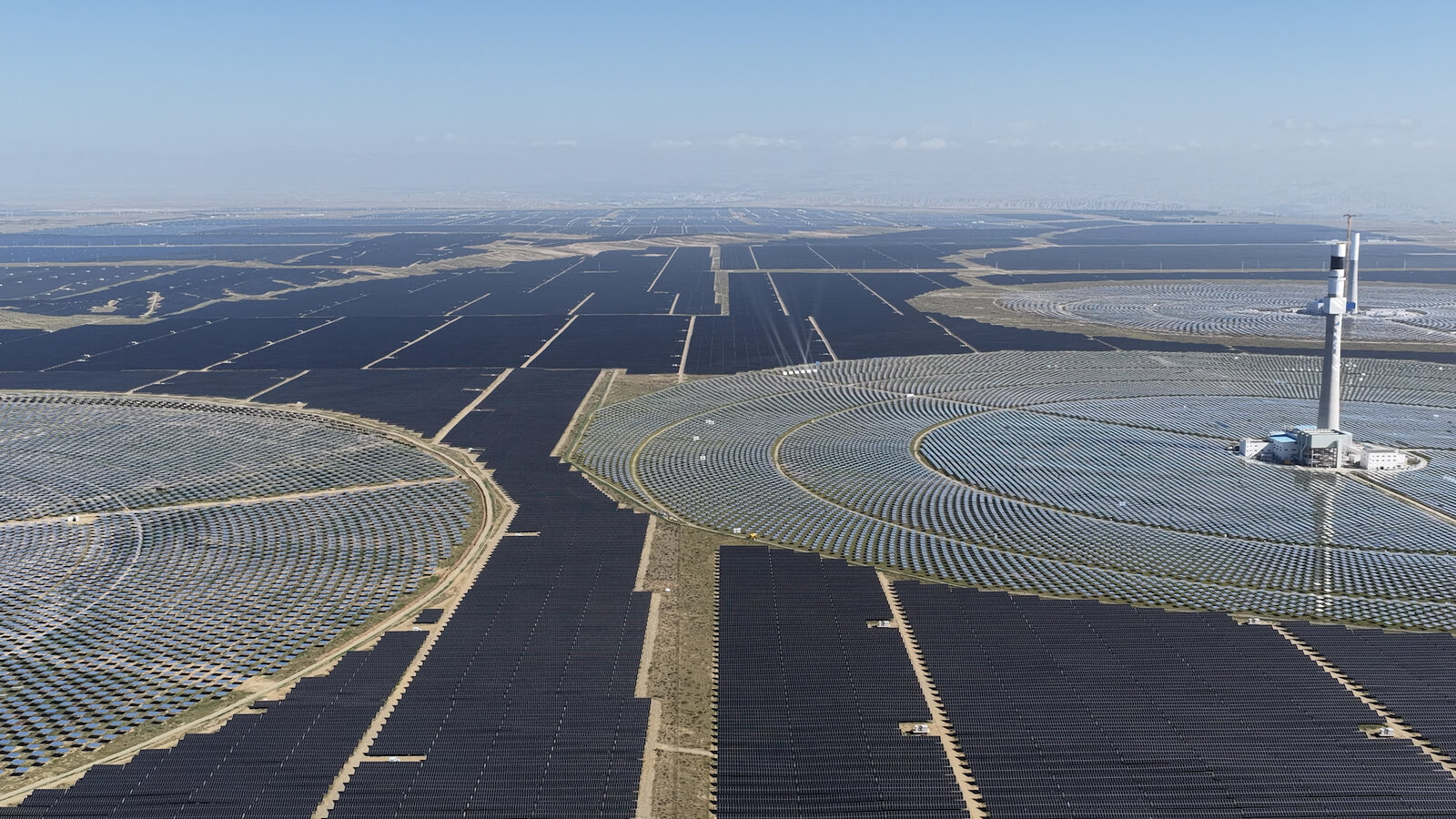AI vs milk
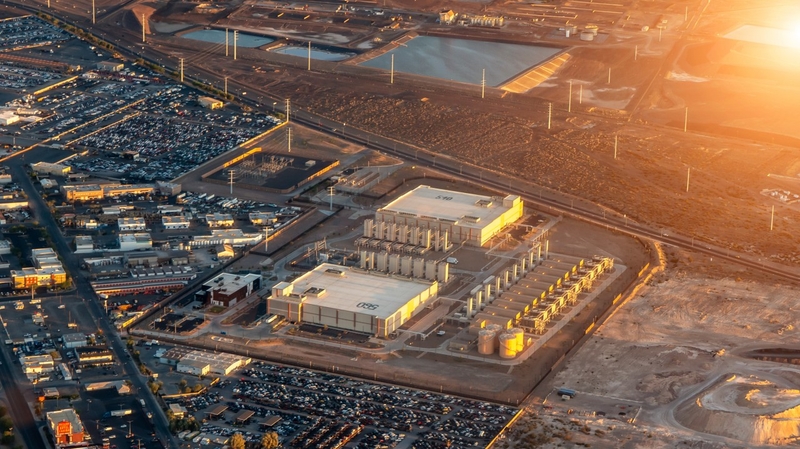
1. World
A comment from Jonathan Fowley from Project Drawdown, about the carbon footprint of AI, recently caught my eye and it’s been really helpful at giving me some perspective. There has been lots of people discussing how harmful the giant data servers needed to power AI are for the environment. And of course - they have an impact that a) isn’t negligible and b) is growing rapidly. However, I wanted to compare this to other industries so I had an actual anchor point, because you can say ‘AI is bad’ but the question is ‘how bad?’ and should we be putting our efforts into limiting our use of generative AI tools, or is there perhaps a better focus for our efforts?
So let’s start with the water use. All these big bad data centres require water for cooling. More data centres = more water use. The Washington Post did a study with researchers at the University of California to look into the water requirements of composing a 100-word email in ChatGPT4. It’s 519ml.
By comparison, for U.S.-produced dairy, an eight ounce glass of milk has an average water footprint of 188 litres.
Yes, that is 362 times more water required to produce one glass of milk than to prompt ChatGPT to write you an email.
I’m not saying that we shouldn’t be concerned about this water use. There are concerns that new data centres being built in the UK will put pressure on already stretched water supplies, particularly in the south of England. But it’s helpful to have something to compare it to. And pretty shocking for the dairy industry.
Now onto carbon emissions.
Globally data centres use 1-2% of our electricity and that works out as 0.2-0.5% of the worlds total GHG emissions. AI is only a small percentage of this. In 2022 it was estimated that it was responsible for 0.01% of global GHG (green house gas) emissions. So if that has grown 2x or 3x since then - it’s still pretty small.
Going back to the dairy comparison; the dairy milk industry is linked to 2.4% of global GHG emissions.
I’m not intending to either criticise the dairy industry or excuse AI’s impact, but rather show how hollow numbers are without context and comparison.
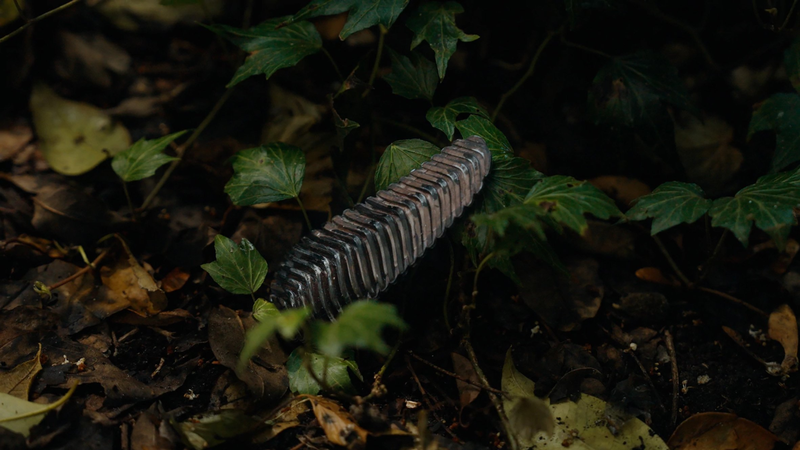
2. Innovation
I met with the Richard Alexandre co-founder of Pyri last month who have developed an innovative way of providing an early warning call for wild fires. These little pine-cone shaped devices are dropped into forests from the air and can lay dormant for years. In the presence of an intense increase in heat e.g. in the case of a fire, a sensor is activated, sending a low-frequency signal that raises the alarm.
For areas that are difficult to monitor in other ways, this could make a big difference in how wildfires are managed. As co-founder Karina Gunadi says “If you can catch a fire small, it’s a lot easier to put out.”

3. Morrama
So this year I managed to squeeze in the writing of my first book. From people to planet; lessons from a design agency is in equal parts a story of building a studio against a turbulent global backdrop, and a guide on how to align purpose and profit. It is a celebration of a decade of Morrama and a personal journey being a sole female founder. With input from members of the Morrama | Certified B Corp team of course.
This week I've been over at Calverts down the road from our office to see it getting printed. Having never seen a book being made before, it's been exciting to see it come to life. This is photo of Arthur and Al who have been in the printing business for decades and I couldn't imagine safer hands to be in for my first time committing my thoughts and ideas to paper.
You can pre-order From people to planet; lessons from a design agency now, shipping worldwide in September.
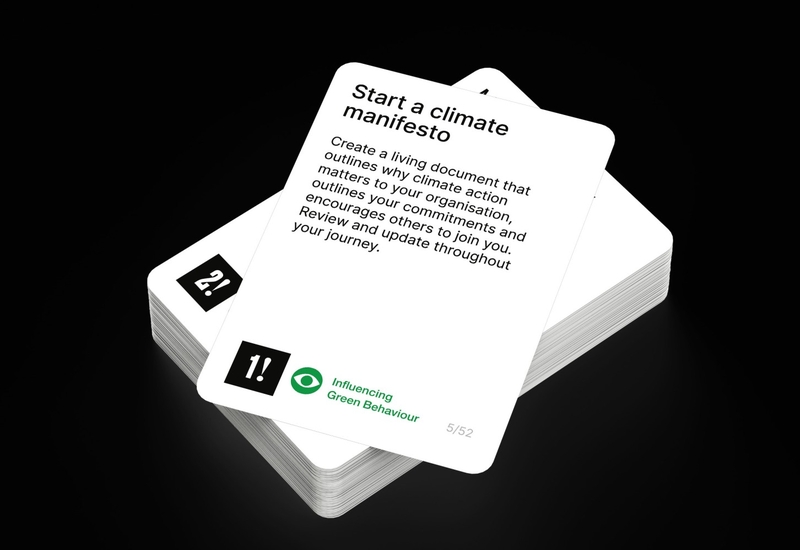
4. Inspiration
As part of Design Declares’ involvement at the upcoming World Design Congress, Alexie Nicole Sommer and I have been working on a deck of 52 climate action cards designed to shift practice, business and mindsets. Wanting to co-create this with experts we put out a call for contribution to our network and the Design Council’s Design for Planet expert network. The response was fantastic. We had over 130 suggestions in less than 2 weeks and it was incredible to see the shared document come alive with ideas.
The resulting cards are a unique collection of lessons, advice and steps we can take right away to align our design and business activities with needs of our planet. They are designed to be used as a guide for people to integrate into their own practice, to support educational activities and to inspire teams and collaborators.
Decks will be available at the Congress on 9-10 September, so if you are able to make it, I’d love to see you there. After that we will be selling them online to raise money for Design Declares. Follow Design Declares on LinkedIn to stay up to date.
Thats it for today.
If you want to join the conversations, email us to 4things@morrama.com.
My '4 things' will be back at the end of next week.
Jo, and the Team x

